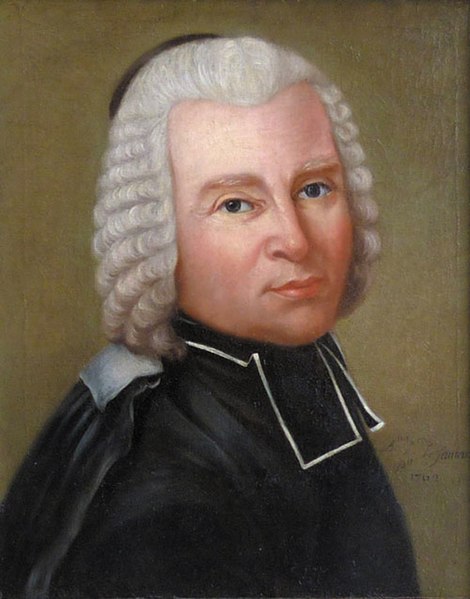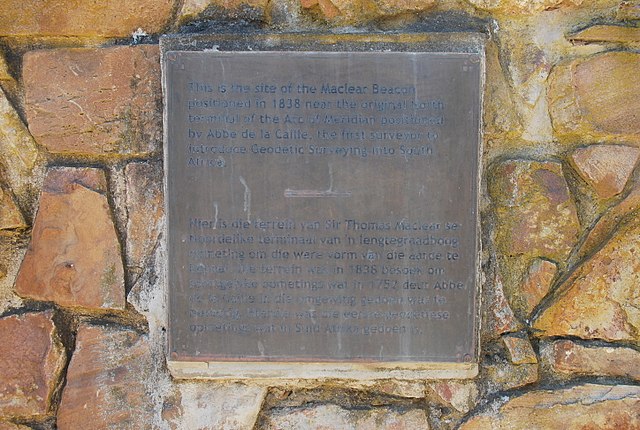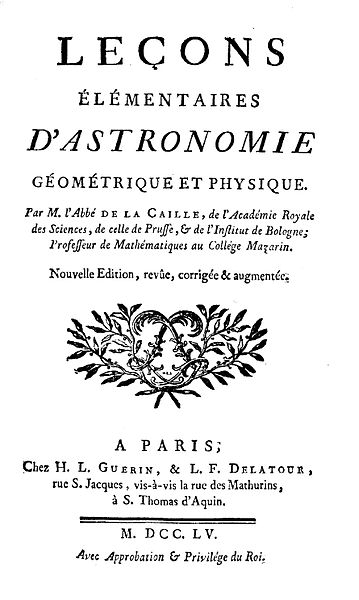Microscopium is a minor constellation in the southern celestial hemisphere, one of twelve created in the 18th century by French astronomer Nicolas-Louis de Lacaille and one of several depicting scientific instruments. The name is a Latinised form of the Greek word for microscope. Its stars are faint and hardly visible from most of the non-tropical Northern Hemisphere.
The constellation Microscopium as it can be seen by the naked eye.
Arp-Madore 2026-424 taken by Hubble.
Nicolas-Louis de Lacaille
Abbé Nicolas-Louis de Lacaille, formerly sometimes spelled de la Caille, was a French astronomer and geodesist who named 14 out of the 88 constellations. From 1750 to 1754, he studied the sky at the Cape of Good Hope in present-day South Africa. Lacaille observed over 10,000 stars using a refracting telescope.
Nicolas-Louis de Lacaille
A memorial to the Abbé de Lacaille and Thomas Maclear, at Aurora in the Western Cape of South Africa. The English portion of the inscription reads: "This is the site of the Maclear Beacon positioned in 1838 near the original North Terminal of the Arc of Meridian positioned by Abbé de Lacaille, the first surveyor to introduce Geodetic Surveying into South Africa." Open the image to see the Afrikaans portion.
Leçons elementaires d'astronomie, géométrique et physique, 1755 edition
Messier 55 is a globular cluster discovered in 16 June 1752.






